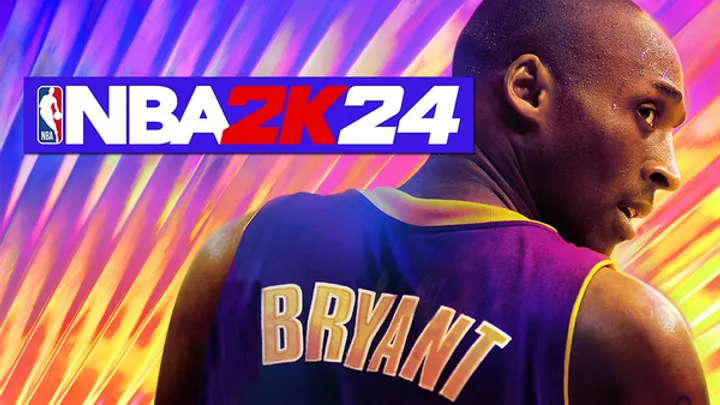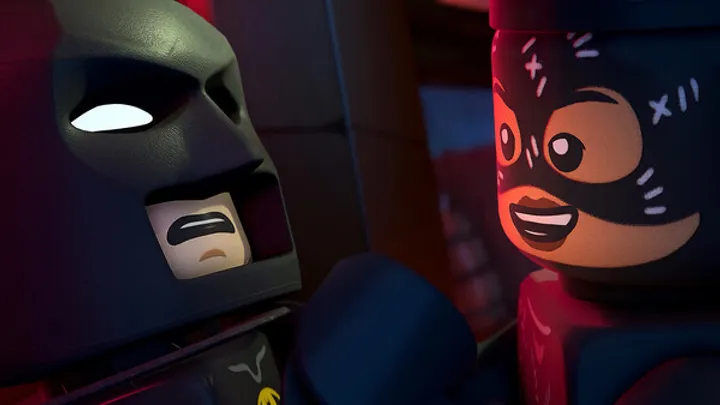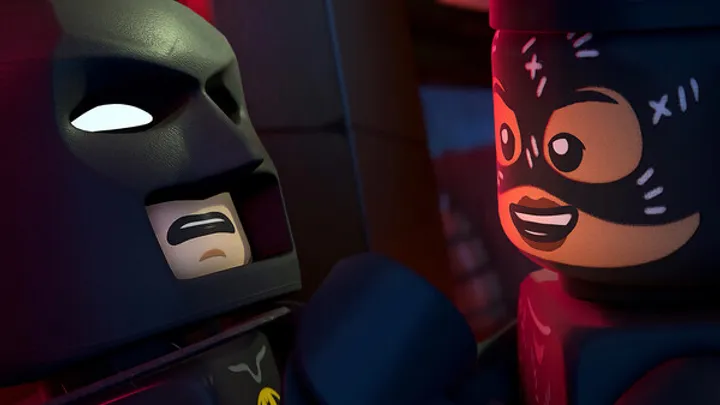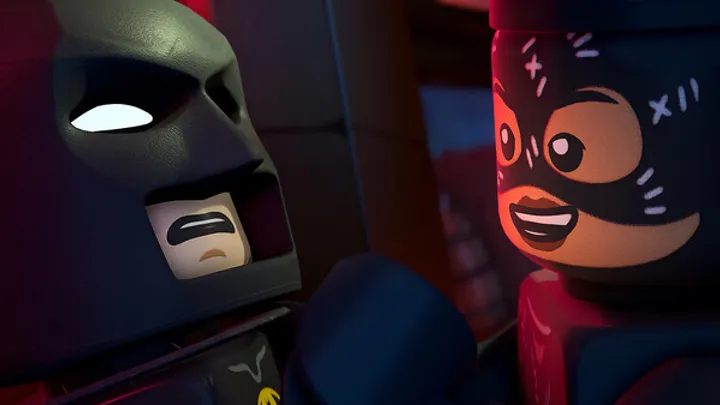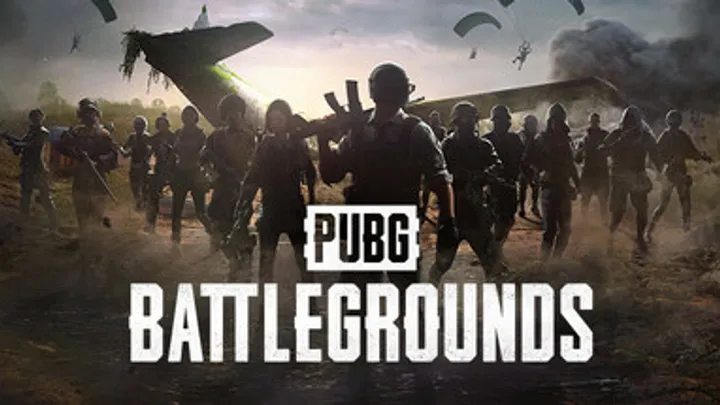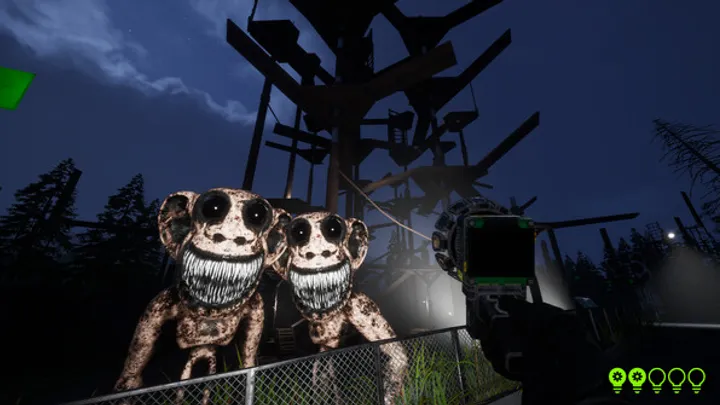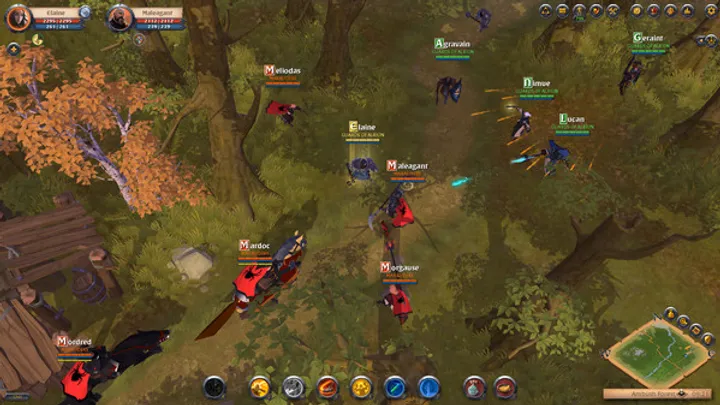Introduction
Counter-Strike 2 (CS2) is not simply an upgrade from CS:GO—it’s a rebirth of a tactical FPS that has defined competitive gaming for over two decades. With the Source 2 engine powering smoother visuals, volumetric smokes, upgraded audio, and redesigned maps, the skill ceiling has only risen higher. Whether you are a newcomer stepping into competitive queues for the first time or a CS veteran adapting to subtle but important changes, the path to mastery demands discipline, strategy, and a structured approach. This comprehensive Tips & Guides article will take you chronologically through the essentials of becoming a complete CS2 player, from settings and mechanics to advanced strategies that pros rely on.
How to Configure Settings for Success
The first step to improvement in CS2 is technical preparation. Configuring video, audio, and input settings determines how clearly you see enemies and how quickly you can respond. Professional players often sacrifice visual detail for higher FPS.
Reduce graphics options like shadows, reflections, and motion blur to prioritize clarity. For audio, enable HRTF so directional cues such as footsteps or gun reloads are easier to hear. Lastly, fine-tune your mouse sensitivity and crosshair style for comfort and consistency.
Key setup tips
- Lower graphics for maximum FPS and visibility
- Enable raw input and consistent sensitivity across games
- Use static crosshairs for precision shooting
How to Build Strong Aiming Fundamentals
Aiming is the foundation of CS2. Unlike arcade shooters, Counter-Strike’s recoil patterns are fixed and require mastery. Spend time daily in aim trainers or practice maps focusing on flicks, tracking, and spray control.
Equally important is crosshair placement—keeping your crosshair at head level and pre-aiming common angles shortens reaction times. Avoid running and shooting; instead, master counter-strafing, which resets your movement for accurate shots.
Aim training drills
- 15 minutes of bot practice for reflex shots
- 10 minutes of spray transfer practice
- 10 minutes of deathmatch for live training
How to Manage the Economy System
The in-game economy dictates your strategy as much as raw skill. CS2 rewards smart financial decisions, such as knowing when to eco (save money), force-buy, or full-buy. A poorly timed purchase can throw an entire half.
As a rule, always coordinate with teammates. A full buy with rifles, armor, and utility is worth more than a mixed team of pistols and rifles. Prioritize kevlar and grenades before luxury weapons like the AWP.
Economy checklist
- Save after losing pistol rounds for stronger round 3 buys
- Eco together, don’t split buys across the team
- Track enemy economy to anticipate force-buys or saves
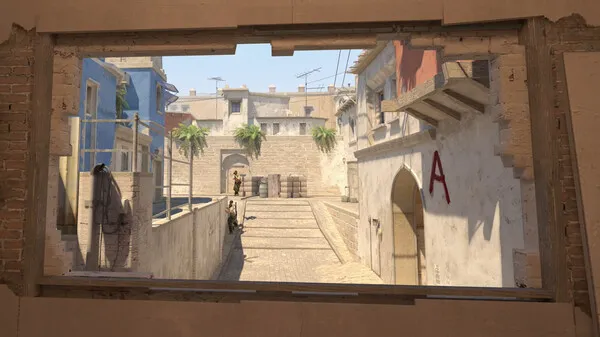
How to Use Utility Effectively
Utility is what separates average players from advanced tacticians. CS2’s smokes now react dynamically to bullets and grenades, opening new layers of strategy. Learn essential smoke and molotov lineups for maps like Mirage, Inferno, and Dust2.
Flashbangs win rounds when properly timed. Instead of dry-peeking, flash for your teammate to swing. Molotovs deny space, forcing enemies out of strongholds. He grenades are most effective when predicting pushes or finishing low-health enemies.
Must-learn utility lineups
- Smoke window on Mirage mid
- Molotov Inferno pit on A site
- Flash Dust2 long corner before peeking
How to Learn and Master Maps
Knowledge of maps is as crucial as mechanics. Each map has chokepoints, bombsites, and common hiding spots. Start by specializing in one or two maps, memorizing angles, timings, and callouts.
Spending time in offline servers helps you practice lineups without pressure. Watching professional matches reveals how top players take map control, rotate, and adapt to enemy strategies. Over time, map knowledge turns into game sense.
Tips for map study
- Focus on Mirage, Inferno, and Overpass first
- Learn callouts and communicate them consistently
- Practice utility setups in custom servers
How to Communicate and Build Teamplay
Counter-Strike is won by teams, not lone wolves. Communication should be concise, informative, and positive. Call out enemy positions, utility used, and your team’s economy. Avoid spamming irrelevant chatter mid-round.
Teamplay extends beyond communication—setting crossfires, trading kills, and executing planned strategies ensure cohesion. Build synergy with a regular stack of teammates to climb ranks more effectively.
Communication rules
- Always call out enemy positions with accuracy
- Share utility plans before executing a push
- Encourage teammates instead of tilting
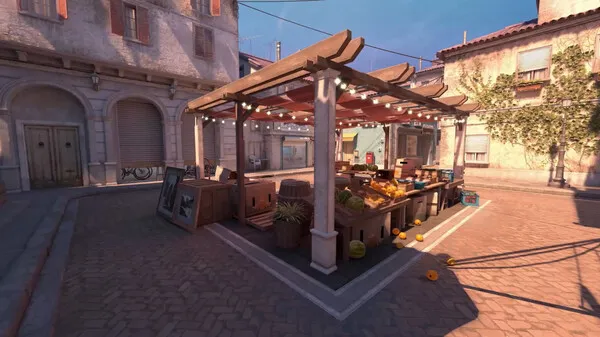
How to Master Different Roles
CS2 teams thrive on role specialization. Understanding your strengths helps you perform consistently. Entry fraggers open rounds with aggression, support players set up plays with utility, lurkers disrupt rotations, and AWPers secure long-range control.
Don’t limit yourself to one role—adapt based on team needs. A well-rounded player who can entry, support, or anchor bombsites becomes invaluable in competitive settings.
Key roles in CS2
- Entry fragger: creates openings with aggression
- Support: throws smokes, flashes, and assists entries
- Lurker: flanks or pressures off-site areas
- AWPer: controls long angles with precision
How to Adapt to Meta and Updates
The CS2 meta evolves with patches, weapon adjustments, and professional innovations. A gun buff or nerf can shift strategies overnight. For instance, changes to the M4A1-S altered rifle priorities, while new smoke mechanics redefined site takes.
Staying updated with patch notes and pro play keeps you ahead of the curve. Be flexible—don’t cling to outdated tactics. Experiment with new strategies in casual games before applying them in competitive matches.
Staying current
- Read patch notes for balance changes
- Watch pro tournaments for meta shifts
- Join forums and Discords to exchange strategies
How to Train Mental Resilience
CS2 is as much psychological as mechanical. Losing streaks and tilt can destroy your performance. Build resilience by focusing on learning from mistakes instead of blaming teammates.
Set small, achievable goals each session—such as improving spray control or communication—rather than obsessing over rank. Taking breaks when tilted ensures consistent improvement instead of burnout.
Mindset building tips
- Review replays to learn from mistakes
- Stay calm in eco rounds and play smart
- Focus on growth over short-term wins
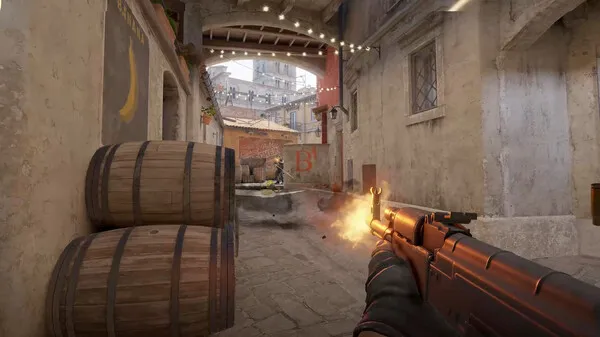
How to Climb Ranks and Compete at Higher Levels
Ranking up requires consistent application of all fundamentals—aim, utility, economy, communication, and mindset. Solo-queuing is harder, so find teammates or a regular crew to improve win rates.
Analyze your replays regularly. Look for wasted utility, poor positioning, or moments where trades could have been better. Incremental improvement compounds, and over time, ranks will follow naturally.
Rank-climbing checklist
- Play with consistent teammates
- Review matches weekly for mistakes
- Focus on team success over individual glory
Conclusion
Counter-Strike 2 is both familiar and brand new. Its tactical depth, improved mechanics, and evolving meta make it a worthy successor to CS:GO. Mastering it requires more than aim—it demands strategy, discipline, teamwork, and resilience. By following the tips and guides outlined here, players can climb ranks, perform under pressure, and leave their mark in the next era of Counter-Strike.










